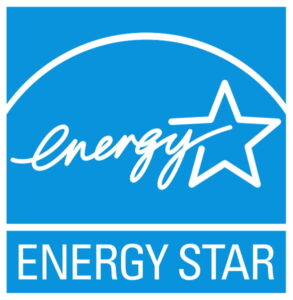One of our core values is helping customers to make the best possible choices for their HVAC systems. We want you to know what your options are and be able to decide for yourself what will work best for your home and your family, not just for today but for long-term satisfaction. Right now, those options are changing because of an update to energy efficiency standards. If you might be considering AC replacement in the near future, you should know about these changes.
What Is SEER2?
SEER stands for Seasonal Energy Efficiency Ratio. It’s been seven years since the last update to HVAC standards, and the new standard, called SEER2, will go into effect on January 1st, 2023. The specific requirements vary based on the region of the US and on the size or capacity of the system. In short, the goal is to maintain effective cooling while reducing the carbon emissions of air conditioners.
Who Makes These Decisions?
In 1975, the Energy Policy and Conservation Act (EPCA) gave the Department of Energy (DOE) the responsibility of developing and implementing standards for the energy efficiency of equipment. The DOE is required to update these standards as the technology changes and better options become available. These changes must be not only technologically possible and more energy-efficient, they must also be economically justifiable, in order to avoid putting undue financial strain on customers.
What Are the Regulations in My Area?
Virginia is in the Southeast region, where central AC systems in homes will have to meet a SEER rating of 14.3 if they are below 45,000 BTUs or 13.8 if they are above 45,000 BTUs. The BTU is the British Thermal Unit, the amount of energy required to raise the temperature of one pint of water by one degree Fahrenheit. As air conditioners are often described in tons, it’s helpful to know that a 1-ton capacity air conditioner is a 12,000 BTU air conditioner, therefore a 3.5-ton would fall into the under-45,000 category while a 4-ton would not.
Heat pumps also fall under this regulation, and must meet a SEER rating of 14.3 when the regulations go into effect.
How Is a SEER Rating Calculated?
The entire amount of heat removed from a space during the entire cooling season for a whole year is measured in BTUs. This number is divided by the air conditioner or heat pump’s total energy consumed during that period as measured in watt-hours. The resulting number must be at or below the new SEER rating requirement.
Will My Air Conditioner Be Illegal?
These new regulations apply to new equipment and new installations. After January 1st, all air conditioners and heat pumps that are manufactured, sold, or installed are required to meet the SEER2 rating. However, if you have an AC unit that does not meet the new standards, over time it will become harder to find parts to repair your system, as production of these components will be phased out. If your system is over ten years old or facing significant repair needs, you may want to upgrade rather than continue to invest in that system.
If you have any questions about these new regulations, how they might impact your decisions, or whether to repair your old system or replace it with a new one, our team is happy to talk through all the details with you.
AllTech Services, Inc. is your trusted resource for air conditioning repair, replacement, and installation. Contact us today!


